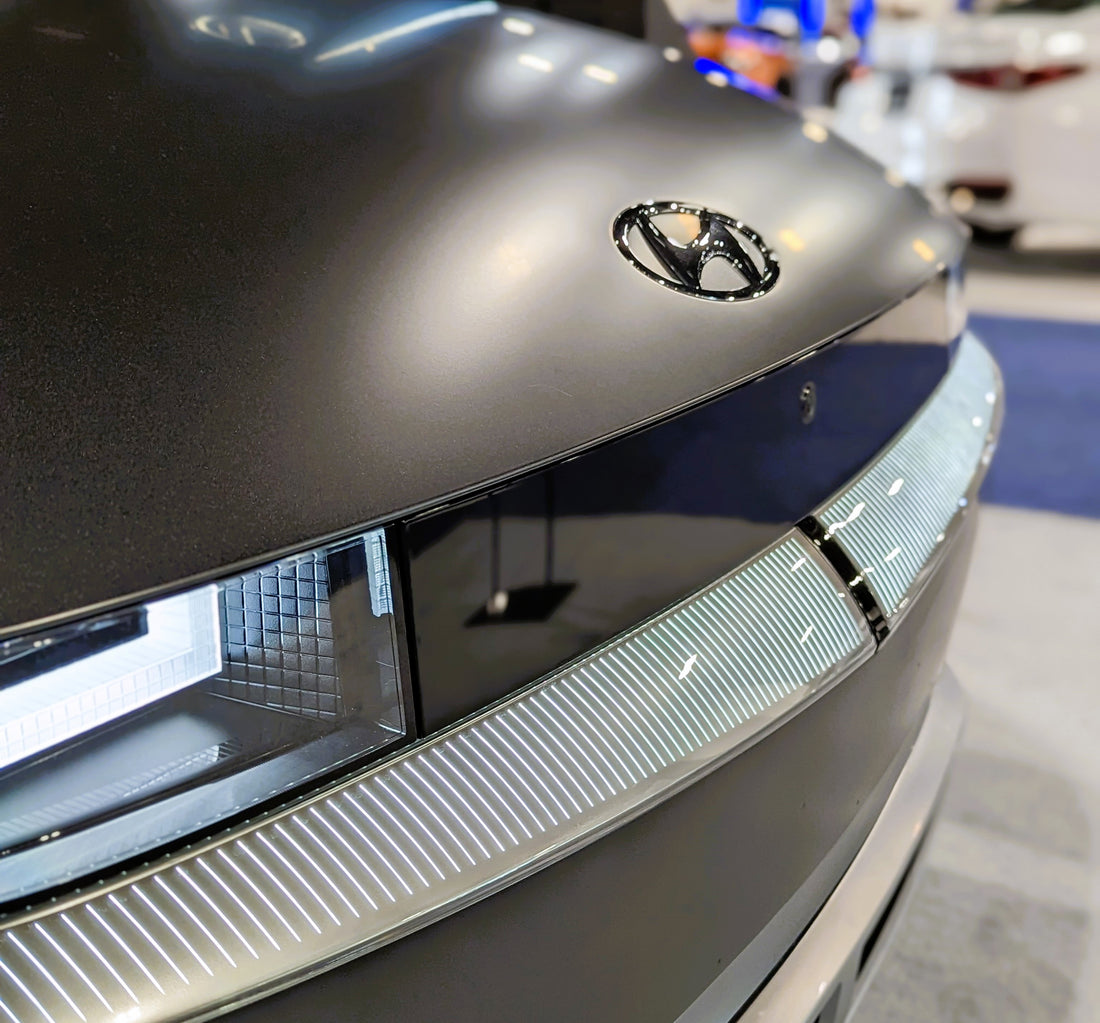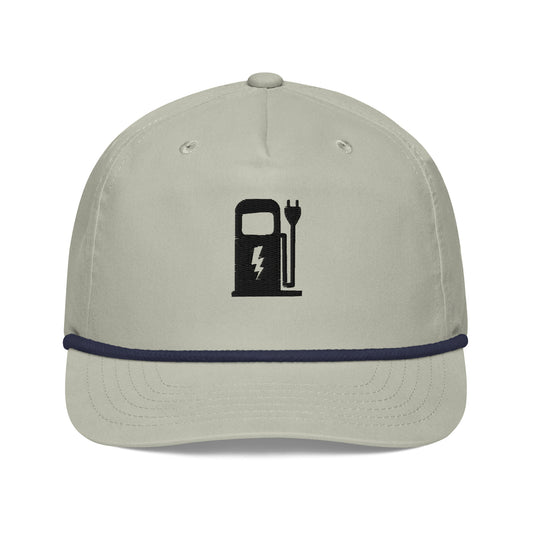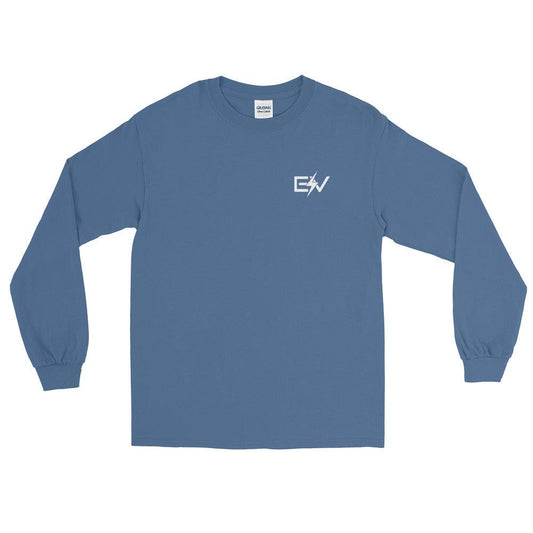
⚡REV Up Your Drive:
⚡REV Up Your Drive:
Welcome to our Thursday EV/AV newsletter! In this edition, we highlight the 2024 Mercedes-AMG EQE SUV's arrival in U.S. dealerships, Toyota and Subaru's collaboration on a new three-row electric SUV, the 2024 Chevrolet Blazer EV's production launch, and impressive delivery numbers from Chinese electric car startups Xpeng, Nio, and Li Auto and so much more. Enjoy the latest updates and insights in record time!
Our most basic common link is that we all inhabit this planet. We all breathe the same air. We all cherish our children's future. And we are all mortal.
-John F. Kennedy
Top 10 EV/AV News Stories
- The 677 hp and 738 lb-ft of torque 2024 Mercedes-AMG EQE SUV, now available in U.S. dealerships starting at $109,300, boasts a spacious interior, advanced technology, and performance-oriented drive concept, with AMG-specific exterior design features, MBUX Hyperscreen, AMG-specific seat patterns, powerful electric motors, and optional dynamic features for impressive performance.
- Toyota and Subaru plan to build a new three-row electric SUV in 2025, following their collaboration on the e-TNGA platform for electric SUVs, aiming to position themselves in the growing electric vehicle market and potentially qualify for the $7,500 EV tax credit with production in the US.
- The 2024 Chevrolet Blazer EV has entered production for select trims, with updated pricing starting at $56,715 for the 2LT AWD model and $60,215 for the RS AWD model, both offering estimated ranges of 279 miles, while the RS RWD model is priced at $61,790 and expected to have up to 320 miles of range, with further details and prices for potential FWD versions to be announced later.
- Chinese electric car startups Xpeng, Nio, and Li Auto reported their vehicle delivery numbers for July, with Xpeng delivering 11,008 vehicles (up 28% from the previous month), Nio delivering 20,462 vehicles (up 103.6% YoY), and Li Auto delivering 34,134 vehicles (up 227.5% YoY), while Warren Buffett-backed BYD emerged as the overall biggest electric carmaker in July, selling 262,161 new energy vehicles, amid growing competition in the Chinese electric car market.
- NIO reported a 103.6% YoY increase, with the All-New ES6 SUV deliveries exceeding 10,000 units monthly, and its models ET5 and EL7 receiving five-star safety ratings in Euro NCAP tests.
- The Automotive Research & Testing Center held a groundbreaking ceremony for a driverless vehicle testing facility in Changhua County, Taiwan aiming to create a conducive environment for smart car and automotive electronics verification testing, and scheduled for completion by 2025
- The Mobility in Harmony Consortium has chosen BlackBerry to provide the foundation for its next-generation open and agnostic electric vehicle platform, utilizing BlackBerry's software and services, including QNX and BlackBerry IVY, to accelerate innovation and revolutionize the EV industry.
- Over 200 sales orders have been received by Nikola Corporation for its Class 8 hydrogen fuel cell electric trucks, the company announced.
- Recharge Maine announced awards of over $6 million in NEVI Program funds for seven sites extending to Bangor, Augusta, and U.S. Route 1 between Ellsworth and Freeport, as well as six additional sites funded by the Maine Jobs and Recovery Plan to expand the charging network along major routes in Maine.
- Carmakers, including global marques like BMW and Volkswagen, as well as Chinese EV startups like Xpeng and Jidu, are intensifying their efforts to develop autonomous driving technology to attract buyers of smart EVs in China. BMW is planning to launch its L3 autonomous driving system for commercial use in the mainland market later this year or early 2024, and Chinese companies like Xpeng are already conducting trials of their advanced driver assistance systems for commercial use.
Depending on the CCS charging network for a business trip: wrapping up
My trip was basically uneventful. I got to my destination on time, two states away, without drama. As an EV nerd I noticed chargers not reaching their full potential, and I waited 5 minutes to plug in once, but nothing impacted my trip. Because this car has 250+mi range, the outbound leg (280 mi) wasn't a challenge. The return was a tougher test, since I started off at 20%, but the CCS network still didn't fail me. It helps that the Ioniq 6 makes efficient use of the energy it gets even when charging is slower than ideal. I'll share more about the driving experience later.
This trip was as fast as it would have been in a gas car. I wasn't waiting on the charge at any point- I got a meal/drink/restroom break when I plugged in, and the car always had enough energy when I walked back up to it. If I had plugged in and walked away without looking at the kW number, I would not have had a problem. I wasn't dilly-dallying during stops or hypermiling (at all 🙃). The main difference vs. a fossil road trip was that I planned my stops around the locations of chargers instead of enjoying the ubiquitous presence of gas stations.
Ocean for Summer




